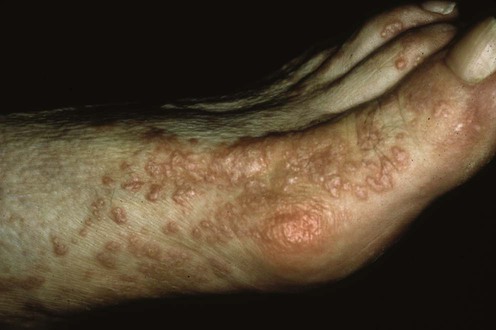Omidian M, Ayoobi A, Mapar MA, Feily A, Cheraghian B. J Eur Acad Dermatol Venereol 2010; 24: 1051–4.
Lichen planus

Specific investigations
First-line therapies
Second-line therapies
Efficacy of sulfasalazine in the treatment of generalized lichen planus: randomized double-blinded clinical trial on 52 patients.
![]()
Stay updated, free articles. Join our Telegram channel

Full access? Get Clinical Tree






 Topical corticosteroids
Topical corticosteroids Intralesional corticosteroids
Intralesional corticosteroids Antihistamines
Antihistamines Metronidazole
Metronidazole Sulfasalazine
Sulfasalazine Systemic corticosteroids
Systemic corticosteroids Isotretinoin, acitretin
Isotretinoin, acitretin Narrowband or broadband UVB
Narrowband or broadband UVB PUVA
PUVA